Cascade Concrete - the heavy, wet snow of the Pacific Northwest - is a challenge for skiers. Traditional long skis often sink or feel sluggish in these conditions. Enter Snowfeet* short skis and skiblades, designed to handle this dense snow with ease.
Why Snowfeet* Works:
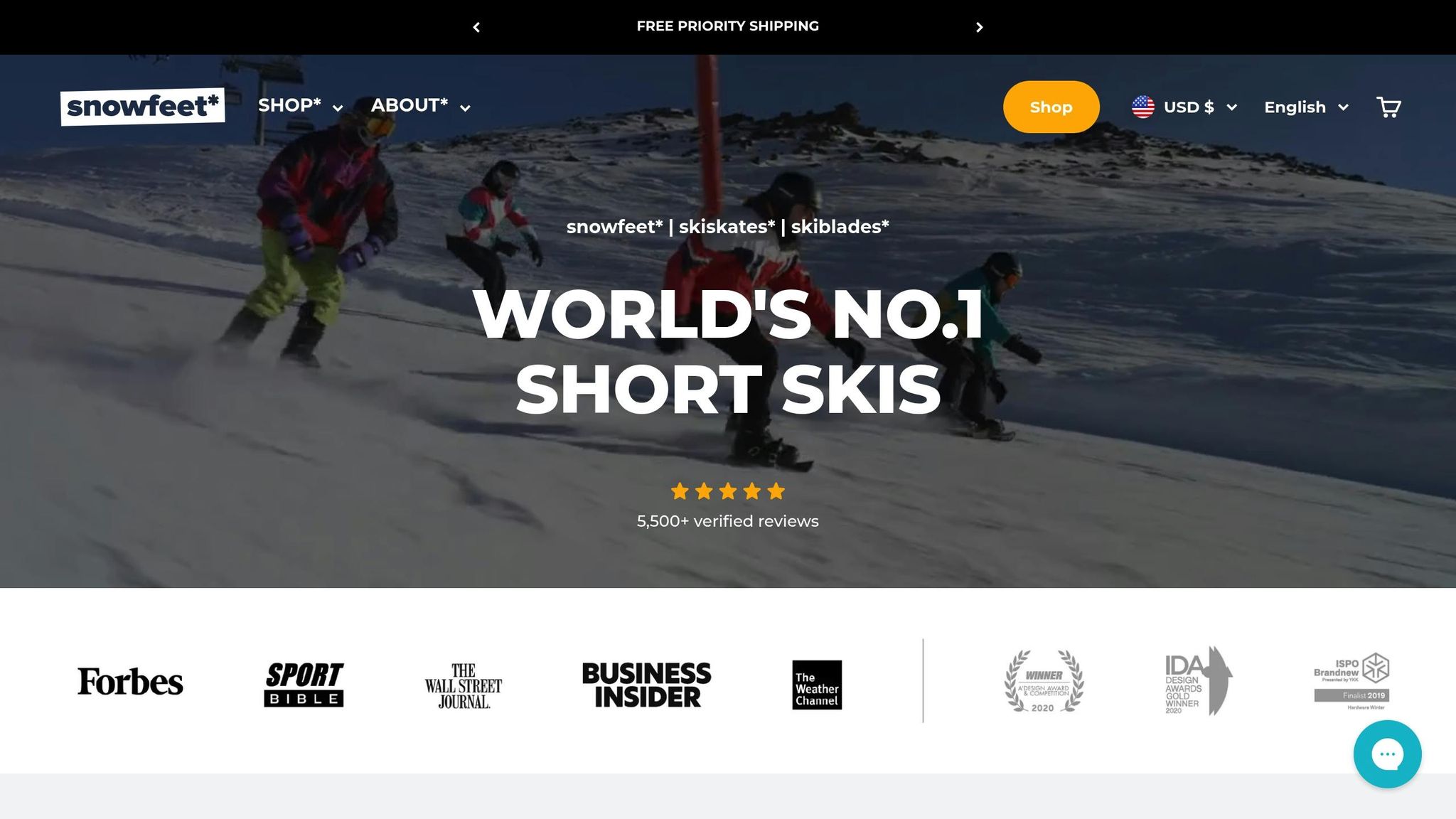
- Maneuverability: Shorter length (44–120 cm) means easier turns and less drag.
- Less Effort: Lightweight design reduces fatigue, perfect for the dense snow at places like Crystal Mountain.
- Beginner-Friendly: Simple to use and forgiving, even for new skiers.
- Portable: Compact enough to fit in a backpack - no bulky gear needed.
- Affordable: Starting at $150, they’re a budget-friendly option compared to long ski setups.
Key Features for Cascade Concrete:
- Durability: Wood core construction handles wet, abrasive snow.
- Edge Design: Reliable grip for smooth turns in changing conditions.
- Versatile Bindings: Compatible with ski, snowboard, or winter boots.
Snowfeet* isn’t just a niche product - it’s a practical solution for skiers of all levels tackling Cascade Concrete. Whether you’re a beginner or a seasoned pro, these short skis make heavy snow manageable and fun. :)
Snowboarder tries Snowfeet* | Which Snowfeet* Short Ski is the Best? | Snowblades 44, 65, 99 Review
Why Snowfeet* Short Skis Work Better in Cascade Concrete
Snowfeet* short skis are a game-changer when it comes to tackling Cascade Concrete - the dense, sticky snow the Pacific Northwest is famous for. The secret lies in their shorter length, which reduces surface area and makes them easier to maneuver through this challenging snow type. Unlike traditional skis and snowboards that often struggle in these conditions, Snowfeet* gear glides through with ease, giving you better control, faster learning, and unmatched portability.
Better Control in Dense Snow
Snowfeet* skiblades and skiskates are designed to handle Cascade Concrete like pros. Their compact size, ranging from 44 cm skiskates to 120 cm short skis, allows for quick edge-to-edge transitions - something that’s essential when dealing with heavy, wet snow.
Thanks to their lighter weight, turning requires less effort, reducing fatigue and keeping you in control longer. Skiers at spots like Crystal Mountain and Snoqualmie Pass have reported feeling more agile and less tired compared to using traditional skis. Plus, the shorter length makes sharp, precise turns a breeze, which is a big deal when you’re weaving through trees or adjusting to sudden changes in terrain.
Easy to Learn and Use
For beginners, Snowfeet* skis are a breath of fresh air. Their simple, intuitive design removes the hassle of handling long, cumbersome skis, especially in heavy snow. This lets new skiers focus on getting the basics - like balance and turning - down without fighting their gear every step of the way.
But it’s not just beginners who benefit. These skis are responsive to even the slightest weight shifts, making advanced maneuvers easier for seasoned skiers. Whether you’re just starting out or a pro tackling Cascade Concrete, Snowfeet* gear helps you feel confident and in control.
Easy to Carry and Store
One of the best perks? Snowfeet* products are compact and lightweight, making them incredibly portable. You can toss them in a backpack - no need for bulky roof racks or awkward storage solutions. This is especially handy for skiers who hike to find fresh snow or for city dwellers with limited space at home.
On top of that, they’re built tough to handle abrasive, wet conditions, and cleaning them after a day on the slopes is quick and simple. Their no-fuss design means less time spent on maintenance and more time enjoying the ride.
What to Look for in Skis for Cascade Concrete
If you’re tackling the heavy, wet snow of the Pacific Northwest - often called Cascade Concrete - you’ll need skis built specifically for these tough conditions. Traditional long skis often struggle in this dense snow, so choosing the right features can make all the difference. Here’s what to keep in mind when picking skis for these challenging slopes.
Built Tough for Heavy Snow
Durability is crucial when dealing with wet, heavy snow. Snowfeet* skiskates and skiblades are designed with a wood core construction, which holds up well in these demanding conditions. This type of build provides the stability you need for a smooth ride, even as the snow changes throughout the day. While many high-end traditional skis also use wood cores, their longer length can work against them in Cascade Concrete, creating too much surface area that bogs down in the dense snow. Snowfeet* takes the same sturdy wood core concept and pairs it with a compact design, making it better suited for these tough conditions.
The Right Width and Edging
Width and edge design are game-changers in wet, dense snow. Snowfeet* products are carefully crafted with a balanced width-to-length ratio, offering enough flotation to stay on top of heavy snow without the bulk of wider, traditional skis. For example, their 44 cm skiskates and 65 cm skiblades strike the perfect balance between agility and flotation. The edge design is another standout feature, providing a reliable grip that adjusts to shifting snow conditions. This means even small weight shifts can help you turn smoothly - something that’s often harder to achieve with traditional snowboards in these conditions.
Versatile Bindings for Any Boots
Bindings that work with multiple boot types are a must for skiers who face varying conditions. Snowfeet* bindings are designed to fit winter, snowboard, or ski boots effortlessly, cutting down on the hassle of adjustments. The easy-to-use design lets you spend less time tweaking your gear and more time carving through the snow.
Snowfeet* vs Traditional Skis and Snowboards
Cascade Concrete, with its dense and wet snow, can push traditional skis and snowboards to their limits. Snowfeet*, on the other hand, shines when it comes to maneuverability and ease of use in these tricky conditions.
Side-by-Side Comparison: Snowfeet* vs Traditional Gear
Here’s a closer look at how Snowfeet* stacks up against traditional skis and snowboards in Cascade Concrete:
| Feature | Snowfeet* Skiblades/Skiskates | Traditional Skis | Traditional Snowboards |
|---|---|---|---|
| Maneuverability in Dense Snow | Excellent – short design cuts through snow with ease | Less effective – long skis can get bogged down | Moderate – wide surface floats but turning feels sluggish |
| Learning Curve | Easy – most users adapt quickly | Steep – usually requires lessons and practice | Moderate – balancing takes time to master |
| Portability | Compact – 44–120 cm options fit in a backpack | Bulky – typically 160–180 cm, needs roof racks or ski bags | Bulky – 150–165 cm, requires significant transport space |
| Boot Compatibility | Works with winter, snowboard, or ski boots | Only compatible with ski boots | Only compatible with snowboard boots |
| Price Range | $150–$690 | $300–$1,200+ (plus bindings) | $200–$800+ (plus bindings) |
| Storage | Fits in a closet | Needs a garage or storage room | Requires ample storage space |
Snowfeet* skiblades and skiskates are compact and affordable, starting at $150 for Mini Ski Skates (38 cm). Compare that to the $500–$600+ price tag for a traditional ski setup, and it’s easy to see the appeal - especially for families dipping their toes into winter sports.
Why Long Skis Struggle in Heavy Snow
The challenges of Cascade Concrete become clear when you consider the limitations of traditional long skis. Their length, often around 170–180 cm, creates significant surface drag during turns. In contrast, Snowfeet* skiblades, which are much shorter (as little as 65 cm), face far less resistance, making them a better fit for dense snow.
Another issue is tip diving. Long skis are prone to sinking at the tips in heavy, wet snow, while the shorter length of Snowfeet* keeps the tips more stable, even when navigating bumps or dense patches.
Weight distribution also plays a role. Long skis spread your weight across a larger area, which can be a disadvantage in Cascade Concrete. Sometimes, breaking through the dense surface layer requires concentrated pressure, something Snowfeet* excels at thanks to its compact design.
Snowboards, while better at floating on snow, have their own struggles in wet conditions. Their wide stance can make it harder to maintain balance when the snow gets heavy. On the other hand, Snowfeet* skiblades and skiskates allow independent leg movement. If one foot hits a dense spot, the other can adjust, keeping you steady.
Lastly, traditional skis are often designed with flex zones tailored for specific conditions, like powder or groomed trails. Cascade Concrete, however, demands a consistent flex throughout the ski. Snowfeet*, with its shorter length, delivers a more uniform flex, ensuring smoother and more predictable performance in these challenging conditions.
sbb-itb-17ade95
How to Ski Cascade Concrete with Snowfeet*
Tackling Cascade Concrete with Snowfeet* is all about adapting your technique to handle the heavy, wet snow common in the Pacific Northwest. Thanks to Snowfeet*'s compact and nimble design, you can approach this challenging snow type with confidence and control. Here's how to make the most of your Snowfeet* gear in these conditions.
Keeping Speed and Balance
Momentum is key when skiing Cascade Concrete. Unlike powder, where you can slow down without much consequence, the dense and sticky nature of this snow will grab at your skis if you lose speed. Snowfeet* skiblades and skiskates, with their shorter length and reduced drag, make it easier to keep moving forward.
To avoid tip-diving into the heavy snow, shift your weight forward over the balls of your feet. This keeps your tips up and helps you glide smoothly through sticky patches. Snowfeet*'s compact size makes finding and maintaining this balance point much simpler than with traditional long skis.
When it comes to turns, think quick and controlled. The shorter length of Snowfeet* (ranging from 44 to 120 cm) allows for rapid transitions, keeping you agile and responsive. Instead of wide, sweeping turns, use short, precise movements - almost like you're dancing on the snow. If one foot gets stuck in dense snow, pump your legs to free it while the other foot compensates. Snowfeet*'s independent movement makes this technique especially effective.
Choosing the Right Snowfeet* Model
Selecting the right Snowfeet* model can make all the difference when skiing Cascade Concrete. Each model offers unique benefits tailored to different skill levels and snow conditions.
- Snowfeet Mini Ski Skates (38 cm): At $150, these are great for beginners learning to navigate Cascade Concrete. Their short length makes them ideal for gentle slopes and mastering basic techniques without feeling overwhelmed.
- Skiskates (44 cm): Starting at $390, these offer a balance of maneuverability and stability, making them perfect for more aggressive skiers. Their durable wood core construction handles repeated impacts with dense snow, while the compact size ensures quick turns and easy recovery.
- Skiblades (65 cm): Priced from $450, these are a solid choice for intermediate skiers who want to carve confidently in variable conditions. They provide enough edge contact for precise turns, whether you're dealing with icy mornings or slushy afternoons.
- 99 cm Skiblades: Starting at $490, these are designed for advanced skiers who frequently encounter mixed conditions. They transition seamlessly between groomed runs and off-piste Cascade Concrete, offering a perfect blend of control and flexibility.
- Snowfeet Short Skis (120 cm): At $690, these are the longest option and are ideal for skiers looking for maximum versatility. From the heavy snow of Mount Baker to the changing terrain at Crystal Mountain, these handle it all.
Getting Ready for Wet Snow
Preparation is just as important as technique when it comes to skiing Cascade Concrete. Here are some tips to ensure you're ready for the unique challenges of this snow type:
- Waterproof gear is a must: The high moisture content of Cascade Concrete means you'll deal with spray, splashes, and general wetness. Invest in waterproof jackets and pants with sealed seams to stay dry and comfortable.
- Wax frequently: Wet snow is abrasive and strips wax faster than dry conditions. Wax your Snowfeet* every 3–4 days with an all-temperature or warm-weather wax to maintain a smooth glide.
- Pack extra gloves and socks: Staying warm and dry is crucial. Keep spares handy to swap out during breaks at the lodge.
- Inspect your bindings: Ice buildup from freeze-thaw cycles can interfere with binding mechanisms. Check your bindings before each run to ensure they're functioning properly. Snowfeet* bindings are compatible with winter boots, snowboard boots, and ski boots, but ice can affect any setup.
- Layer up smartly: Temperatures can vary widely in the Pacific Northwest, from 25°F in the morning to 40°F in the afternoon. Dress in layers so you can adjust as conditions change.
Why Snowfeet* Is Best for Cascade Concrete
The Pacific Northwest's infamous Cascade Concrete - dense, heavy, wet snow - can be a nightmare for traditional skis and snowboards. That’s where Snowfeet* shines. Its compact design reduces drag and limits surface contact, making it easier to glide and turn through this challenging snow type. While long skis often bog down, Snowfeet* keeps you in control, offering quick, precise movements even in tricky conditions.
Another standout feature? Snowfeet* helps you bounce back from small mistakes. The shorter design allows for swift adjustments, so if you lose your footing, you can recover faster than you would with bulkier, traditional gear.
Snowfeet* also caters to all skill levels, from beginners finding their footing to seasoned skiers tackling icy patches or slushy slopes. Unlike traditional setups that often require different models for varying snow types, Snowfeet* offers a single, versatile solution.
And let’s talk convenience. Snowfeet* gear is lightweight and compact enough to fit in a backpack. That’s a game-changer for those unpredictable Cascades weather swings, where lugging around bulky equipment is the last thing you want to do.
On top of all that, Snowfeet* delivers serious bang for your buck. Instead of buying multiple pairs of skis for different conditions, one well-crafted Snowfeet* model does the job. Built to last, with features like a durable wood core in models like the Skiskates, this gear is designed to handle season after season of adventure in the Cascades. Simply put, Snowfeet* offers an unbeatable mix of performance, practicality, and value.
FAQs
What makes Snowfeet short skis better for skiing in heavy, wet snow like Cascade Concrete compared to traditional skis?
Snowfeet short skis - available in 65 cm, 99 cm, and 120 cm lengths - are built to shine in the heavy, wet snow often found in the Pacific Northwest, like the infamous Cascade Concrete. Their compact design makes tight turns and precise control feel effortless, even in tricky snow conditions.
Compared to traditional skis, which can feel clunky and sluggish in dense, wet snow, the shorter length of Snowfeet skis makes them much easier to manage. They’re stable, agile, and perfect for skiers who want more control and a smoother ride. Plus, their lightweight build means you can skip the hassle of lugging around heavy gear. For tackling Cascade Concrete, these short skis make skiing not just easier, but way more fun.
Are Snowfeet short skis good for beginners, and what makes them easy to use?
Are Snowfeet Short Skis Good for Beginners?
Absolutely! Snowfeet short skis are a fantastic option for beginners. Their compact size - starting at just about 65 cm - makes them super easy to handle and control. Because they’re shorter than traditional skis, they help new skiers feel more stable and confident, which is key when you’re just starting out. Plus, learning the basics and improving your skills tends to happen faster with these.
Another bonus? They’re lightweight and designed to be user-friendly. This means less fatigue and smoother turns, even in tricky conditions like the heavy, wet snow often found in the Pacific Northwest (hello, "Cascade Concrete"). Whether you’re brand new to skiing or just want a fun, portable alternative to the usual gear, Snowfeet short skis strike a great balance between ease and performance for everyone.
What are the best ways to maintain my Snowfeet skis for the heavy, wet snow of the Pacific Northwest?
To keep your Snowfeet skis running smoothly in the Pacific Northwest's famously heavy and wet snow, a little routine maintenance goes a long way. Here’s how to keep them in top shape:
- Wax your skis every 4–6 outings or whenever they start feeling slower. Waxing ensures a smooth glide, even on that gritty, abrasive snow.
- Sharpen the edges regularly. If you’ve been tackling icy patches or notice the edges feel dull, grab a diamond stone or file to restore their bite. Sharp edges mean better control and cleaner turns.
After each adventure, give your skis a quick scrub with mild detergent and water. This prevents corrosion from all that moisture. Don’t forget the metal edges - use a diamond stone to keep them sharp and reduce drag on sticky snow.
When it’s time to store them, apply a layer of storage wax and stash your skis in a cool, dry spot. This simple step helps protect them and keeps them ready for the next run.
With these easy care tips, your Snowfeet skis will handle the infamous 'Cascade Concrete' like a pro, maintaining their signature agility and smooth performance.

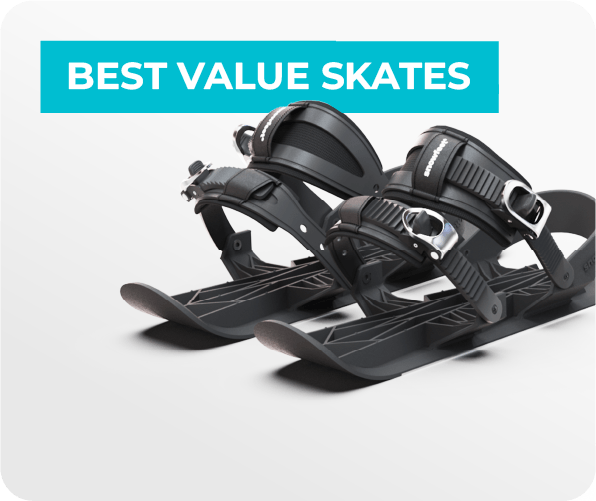



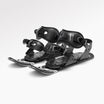
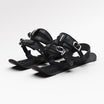
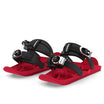
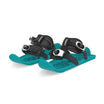

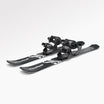

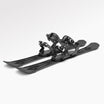
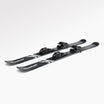






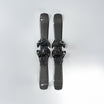

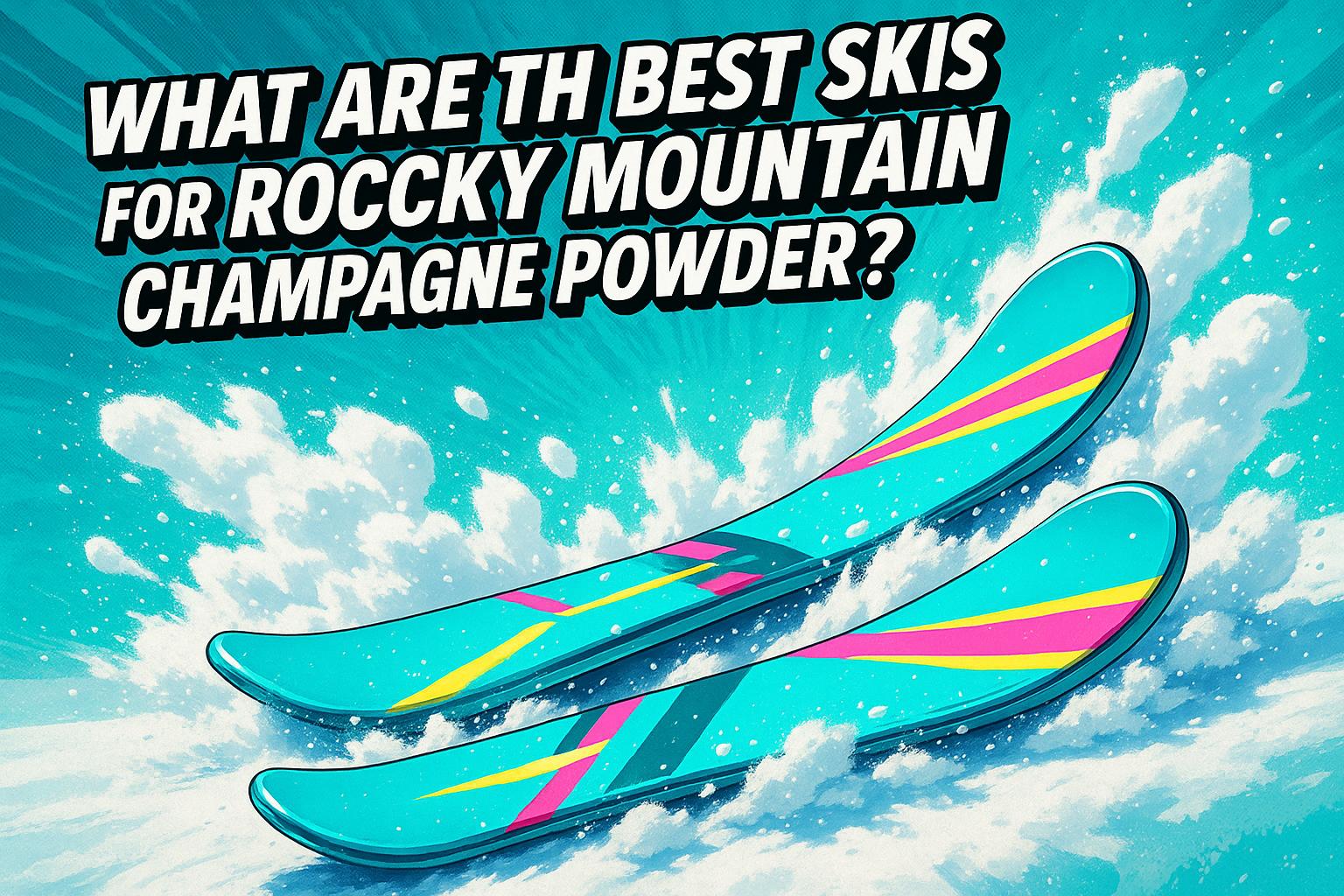
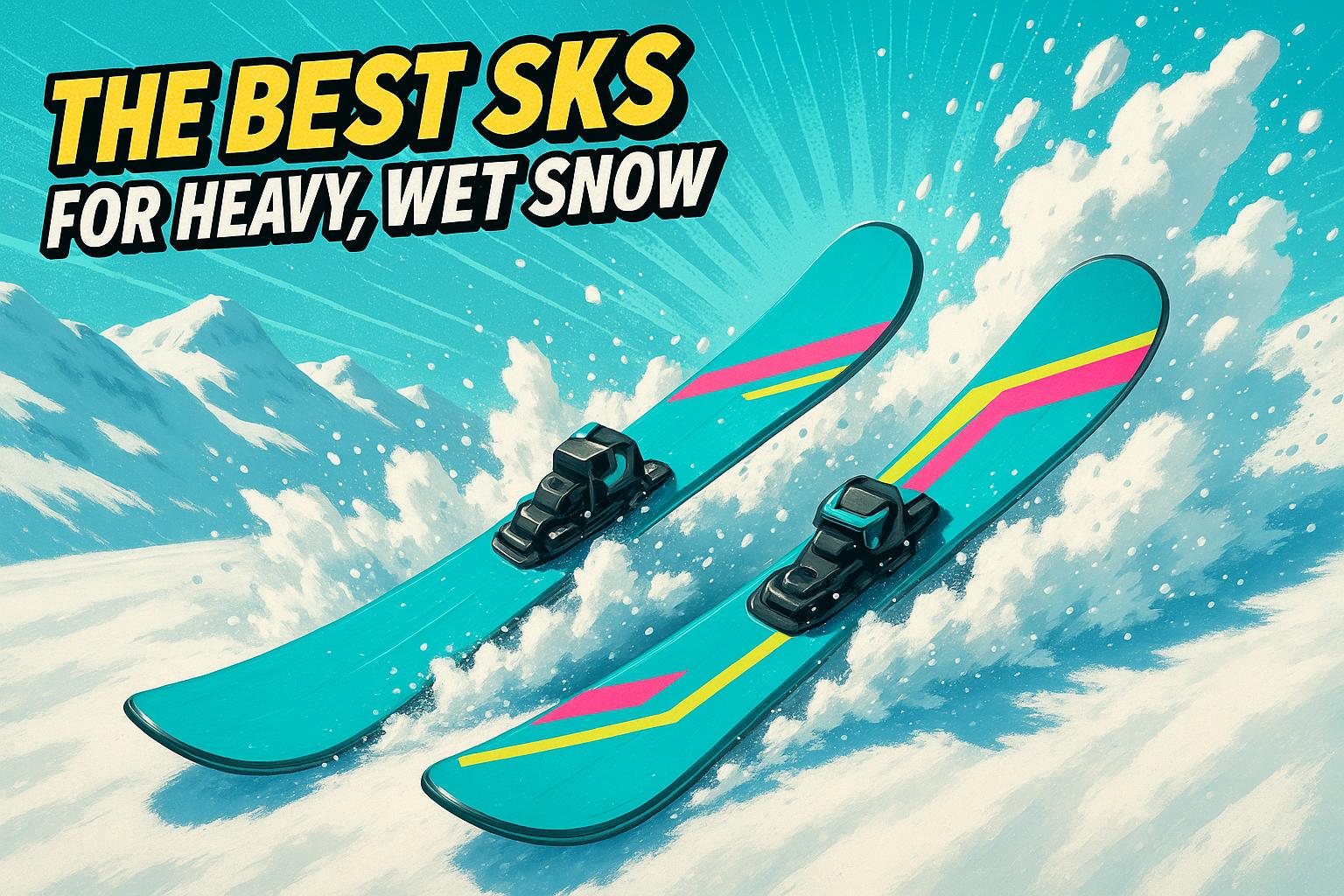
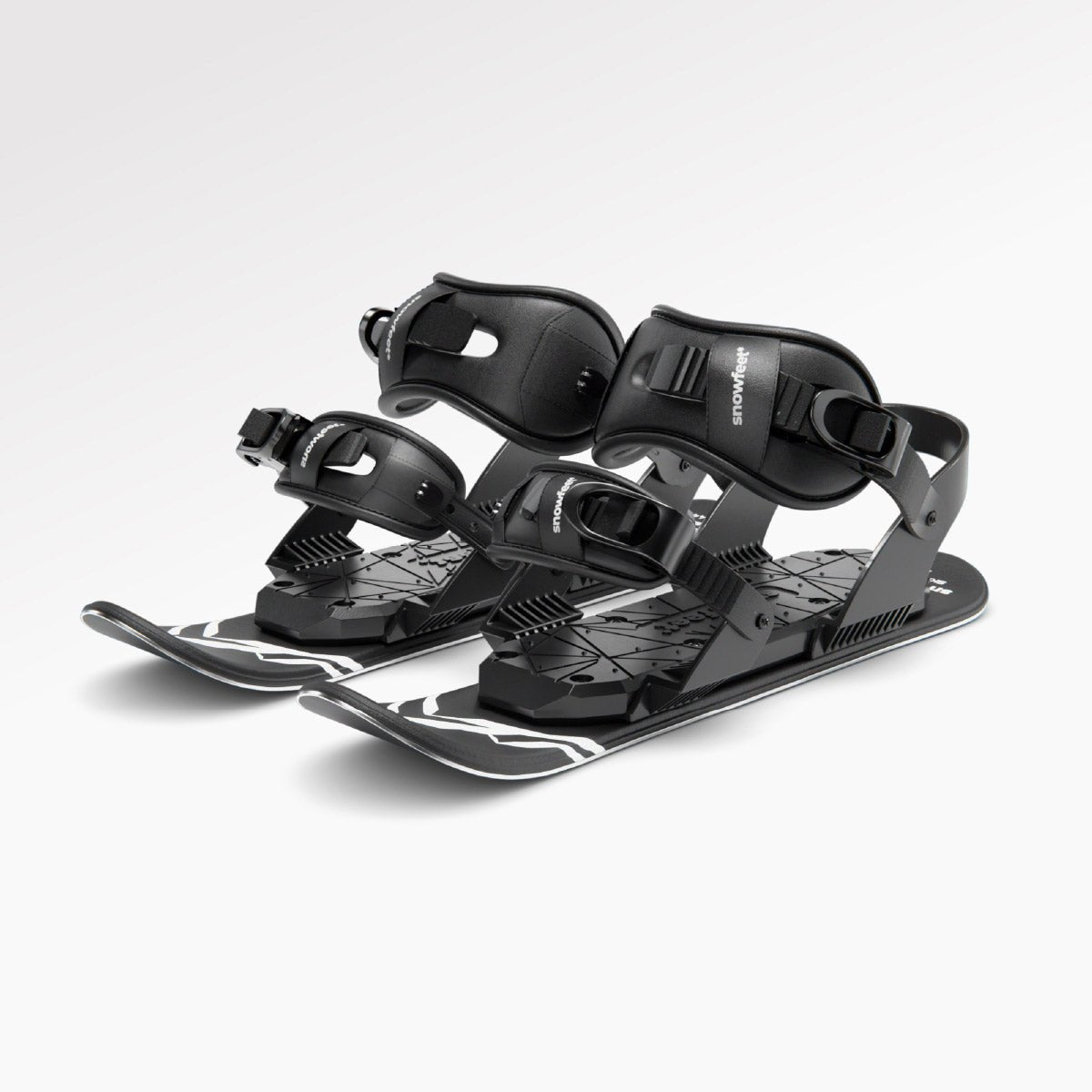
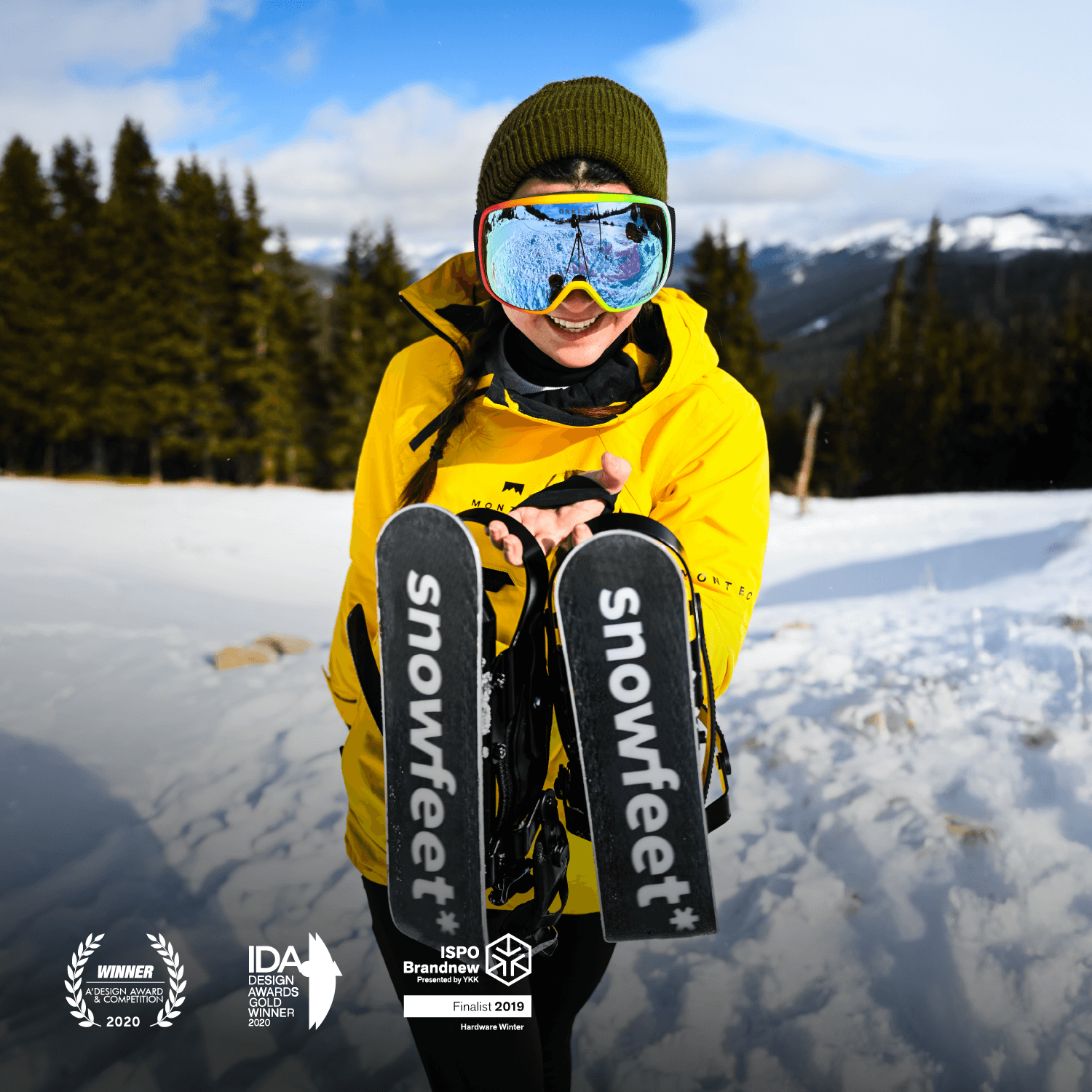
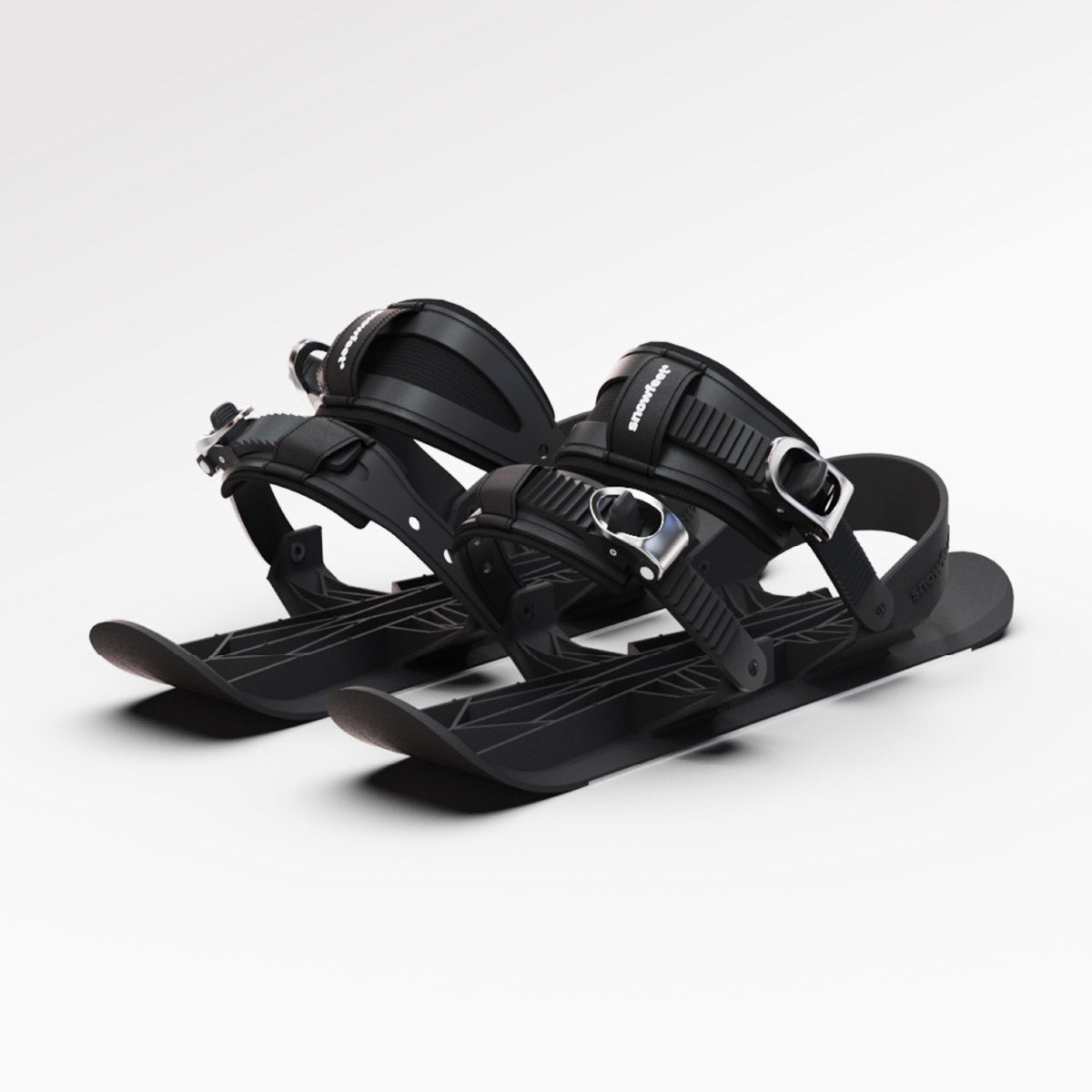

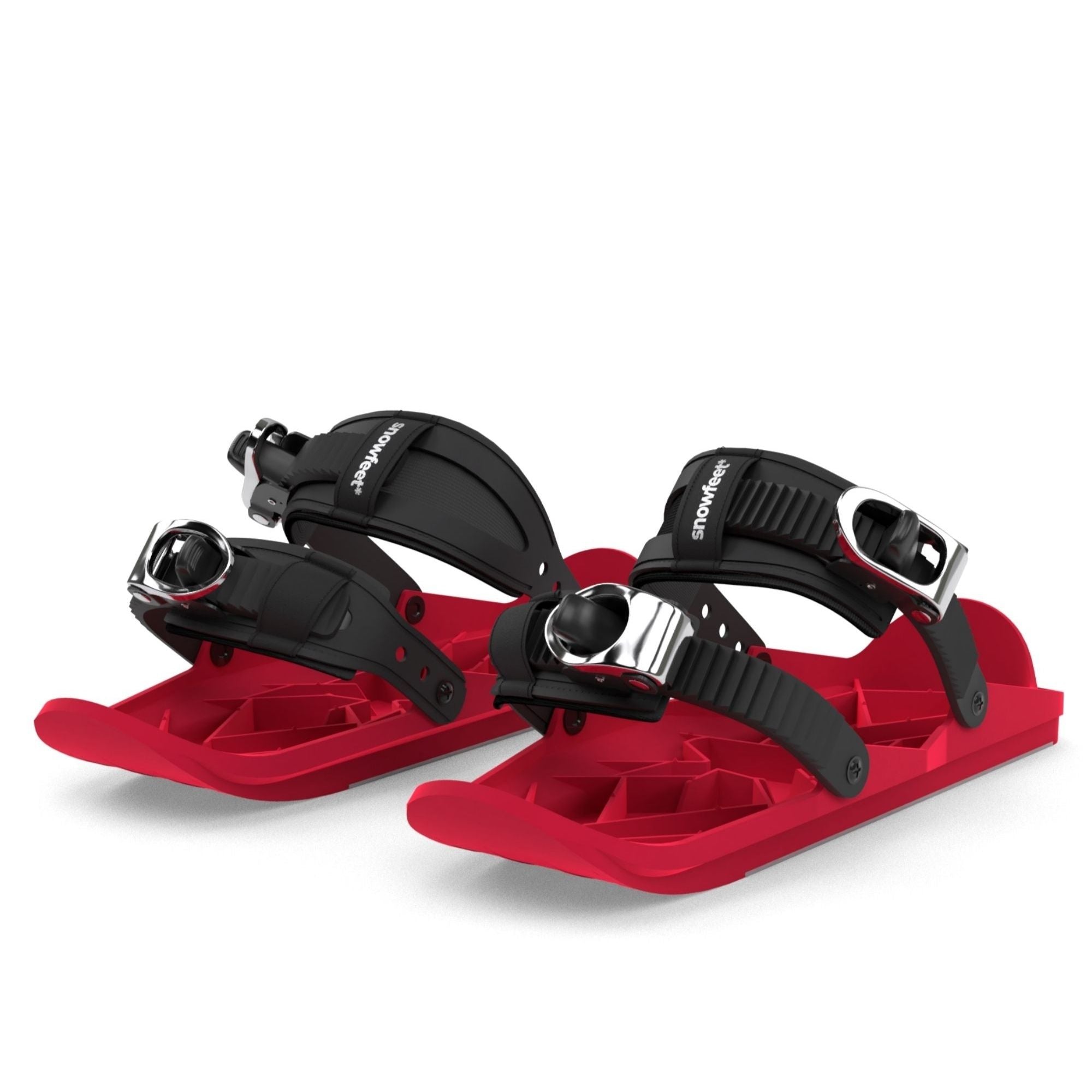
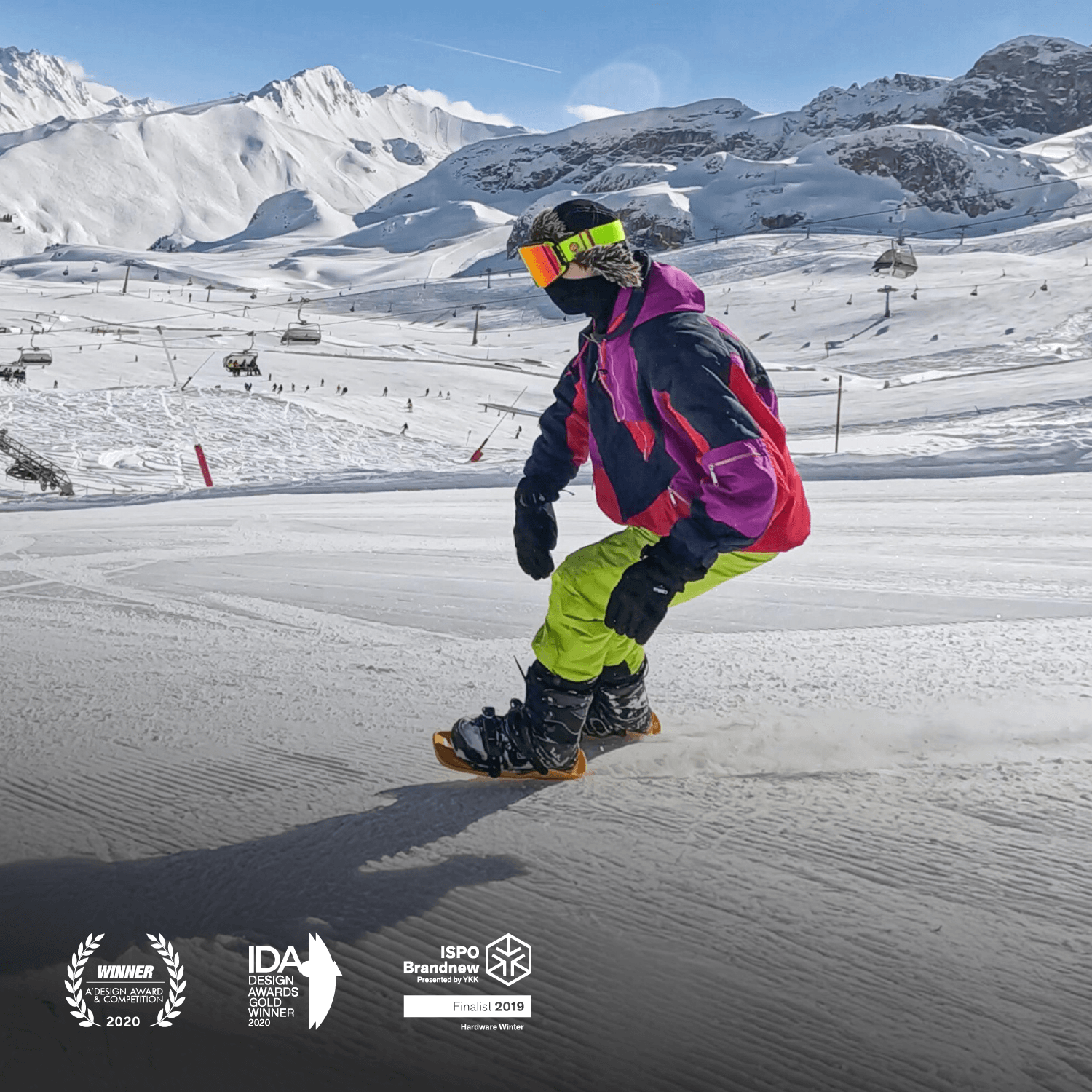


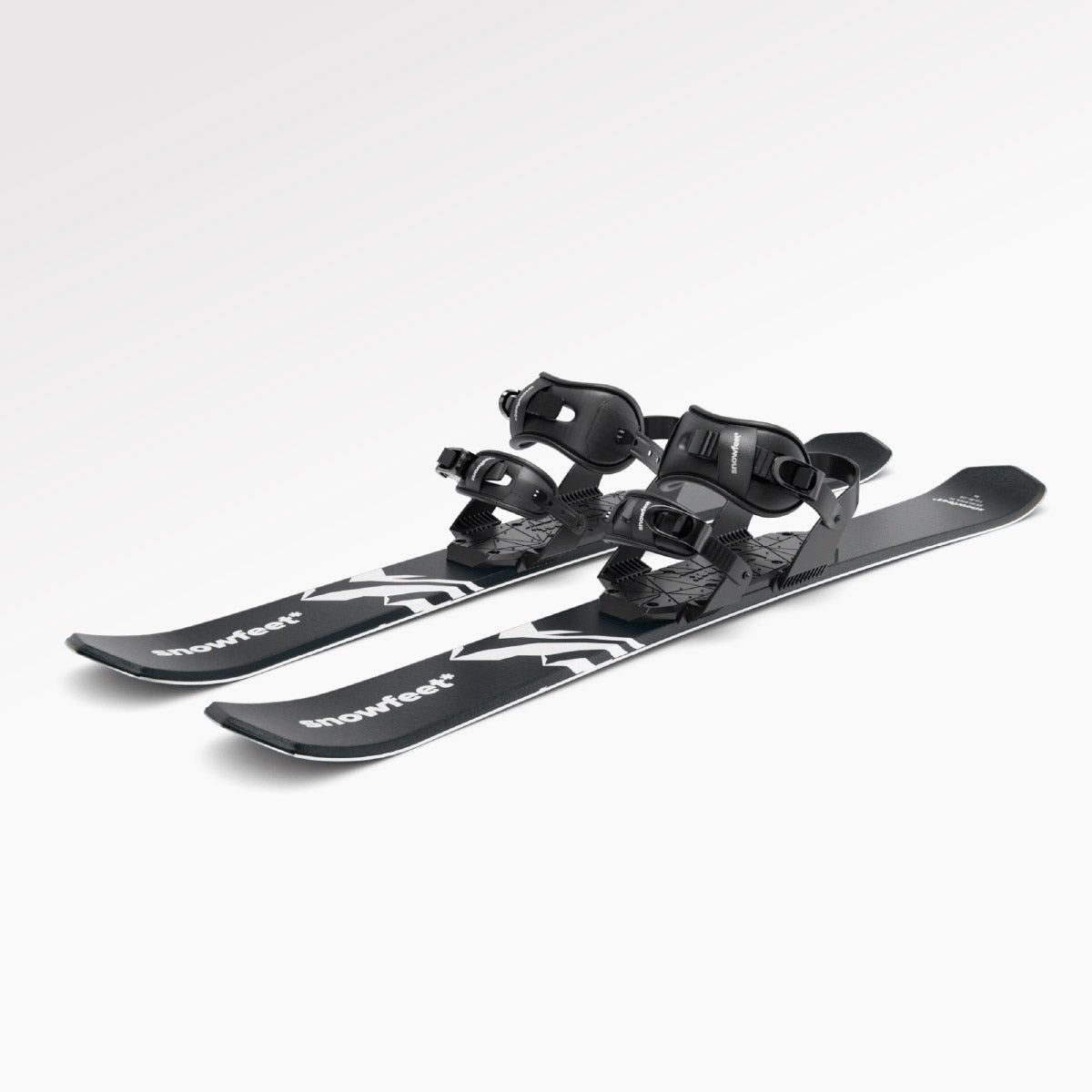
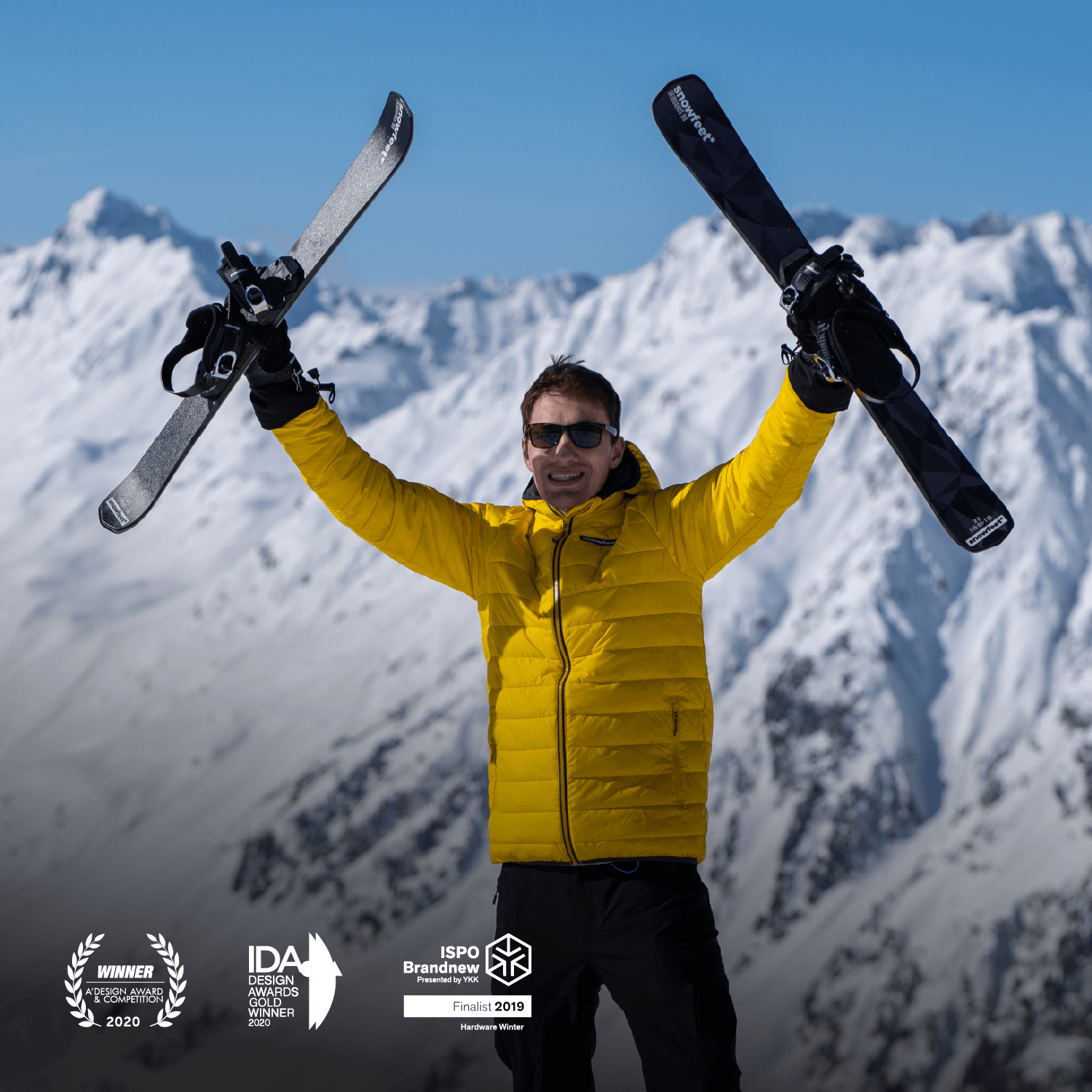
Leave a comment
This site is protected by hCaptcha and the hCaptcha Privacy Policy and Terms of Service apply.